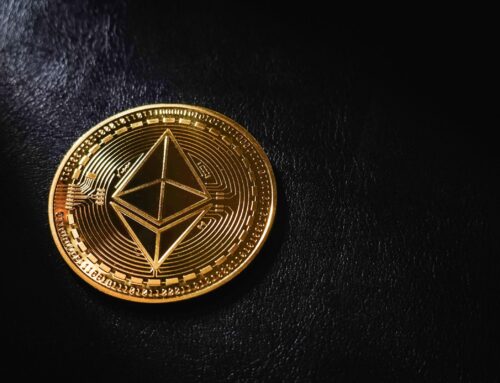Bitcoin, Ethereum, Solana, and more: The top 15 cryptocurrencies everyone should know
June 2, 2025
Start Slideshow
Start Slideshow
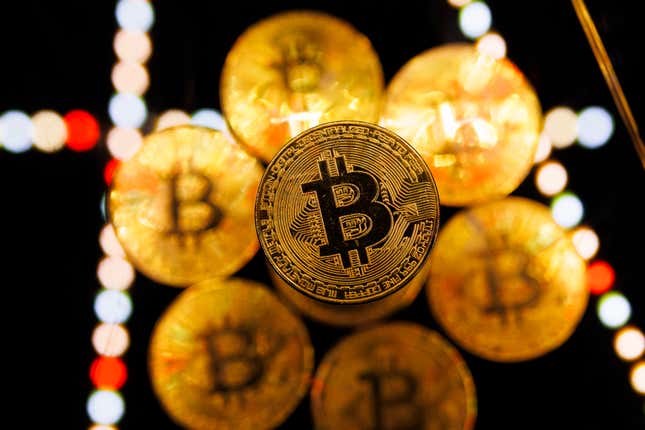
Cryptocurrency is a growing sector in finance, influencing how we approach financial systems and investment opportunities. Each digital asset in the market has its own features and potential. But with thousands of cryptocurrencies in existence, knowing which ones might be right for you can be a challenge.
Whether you are new to digital assets or just looking to stay informed in the global financial conversation, understanding the more prominent cryptocurrencies can provide perspective on how the space is developing.
Here are the top 15 digital assets that stand out for their market value, innovation, and adoption potential.
Previous Slide
Next Slide
15. Dai (DAI)
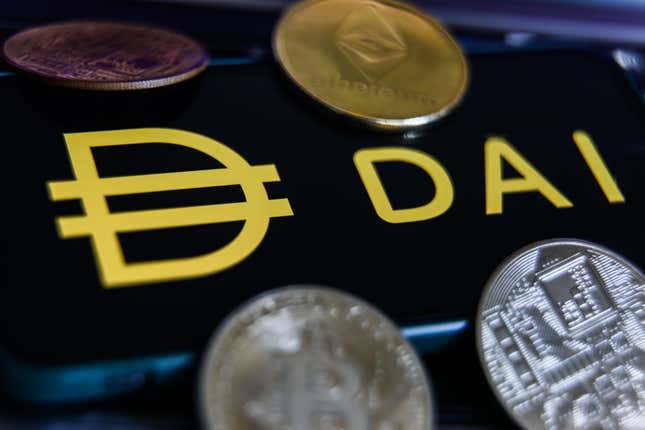
Classified as a stablecoin — a type of cryptocurrency intended to maintain a consistent value — DAI is designed to minimize volatility through smart contracts (digital contracts stored on a blockchain) that adjust for supply and demand. It’s governed by the MakerGAO protocol and backed by overcollateralized cryptocurrency assets, meaning the value of the collateral backing the crypto is always higher than the total value of the issued DAI.
The goal of DAI is to maintain a ratio of 1 DAI to $1 USD. DAI is generally more stable than other cryptocurrencies, but it may fluctuate during times of market stress. DAI is widely used in the decentralized finance (DeFi) ecosystem — a system of financial applications built on blockchain technology that allows users to borrow, lend, trade, and earn interest without relying on traditional banks. It appeals to those who value decentralization and transparency.
Previous Slide
Next Slide
14. Tronix (TRX)
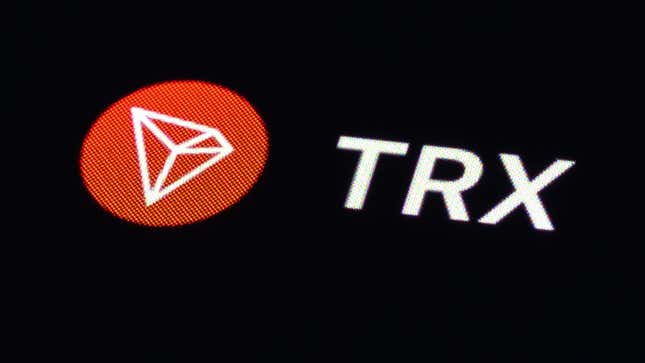
Tronix is the native cryptocurrency of the TRON blockchain platform. It gives users more control over their data and enables developers to create decentralized applications (DApps) — programs that run on a distributed network of computers rather than a central server. This decentralized approach often increases security and user control.
After purchasing TRX through a cryptocurrency exchange, you can use it to tip content creators and purchase games and apps on platforms built on the TRON network.
Previous Slide
Next Slide
13. Shiba Inu (SHIB)
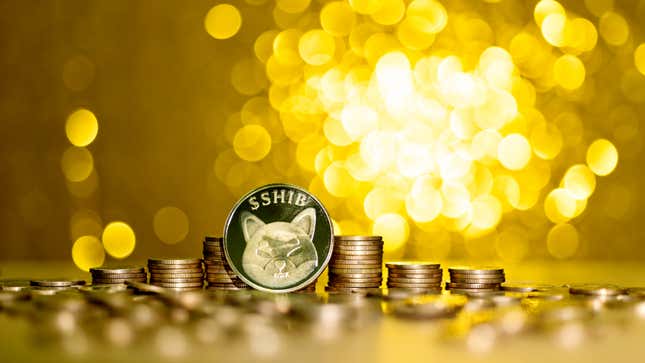
The SHIB cryptocurrency started as a meme-based joke, but it quickly became popular among crypto investors because of its community-driven nature and viral appeal. It was created by an anonymous figure known only as “Ryoshi” to compete with Dogecoin, Elon Musk’s favorite memecoin. It enticed buyers and captured attention with its playful mascot. SHIB also immediately stood out because it was one of the first to be controlled by community members who could actively participate.
Previous Slide
Next Slide
12. USD Coin (USDC)
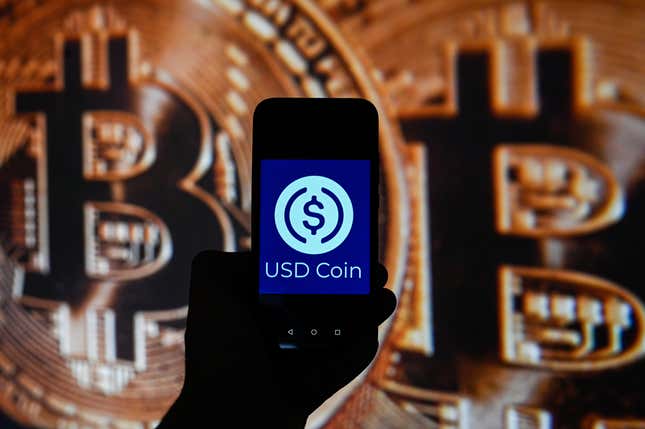
Like DAI, USDC is a stablecoin designed to keep the value of one unit as close to $1 USD as possible. The biggest difference between the two is that USDC is backed by fiat currency, government-issued money not backed by a physical commodity like gold and silver, which includes U.S. government securities and cash.
USDC originally launched on the Ethereum blockchain but is now available on multiple platforms, including Polygon, Base, and Avalanche, increasing its accessibility across crypto ecosystems.
Previous Slide
Next Slide
11. Tether (USDT)
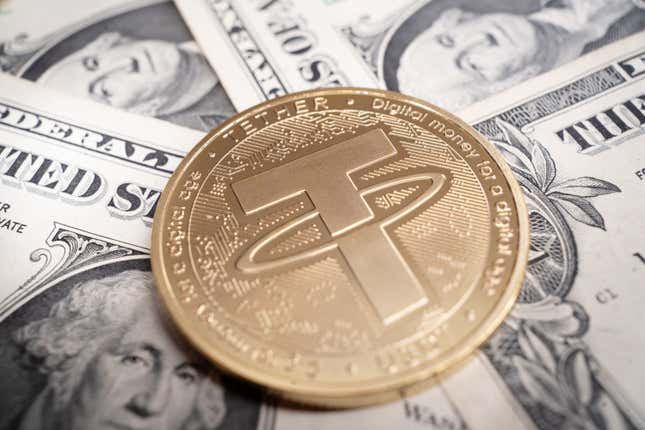
Tether Limited introduced its cryptocurrency several years before USDC, DAI, and other stablecoins entered the market. Like USDC, Tether is pegged to the U.S. dollar, so its value remains stable over time. USDT is available on more than a dozen platforms, so it has a relatively high trading volume compared to other stablecoins.
Previous Slide
Next Slide
10. XRP (XRP)

Instead of facilitating individual transactions, Ripple’s XRP gives banks and other financial institutions a faster, more secure way to transfer money across borders. Another difference between XRP and other digital currencies is that it provides liquidity and converts one fiat currency to another. For example, XRP can be used to convert U.S. dollars to Chinese yuan in Ripple’s cross-border payment system.
Previous Slide
Next Slide
9. Polygon (MATIC)

Polygon isn’t a separate network — it’s a sidechain or scaling solution designed to work alongside Ethereum. Because of its popularity, Ethereum can be slow and costly. High transaction fees make it difficult for users to earn a return on small investments. Polygon helps by processing transactions off the Ethereum chain, reducing costs and preventing delays. MATIC, Polygon’s native token, can be used for purchases, staking rewards on your crypto balance, and voting on proposed network upgrades.
Previous Slide
Next Slide
8. Avalanche (AVAX)
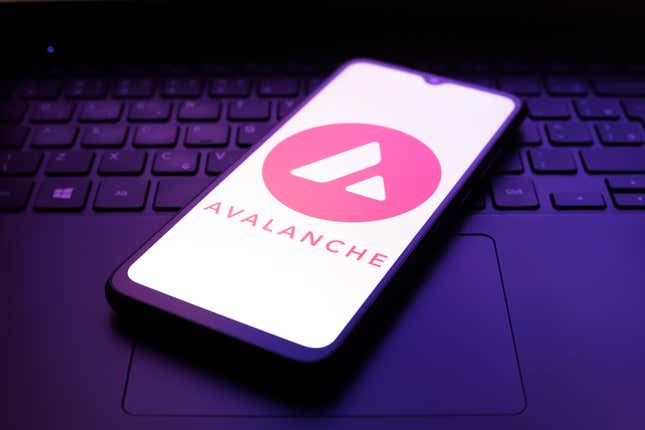
Developed by Ava Labs, the Avalanche network offers a faster and more scalable alternative to Ethereum and other high-traffic blockchain platforms. AVAX, its native token, is used for staking (earning rewards), transactions, and trading. What makes the Avalanche network stand out is its eco-friendly design. AVAX uses less energy than proof-of-work cryptocurrencies like Bitcoin, appealing to investors who want to trade crypto while minimizing their carbon footprint.
Previous Slide
Next Slide
7. Toncoin (TON)
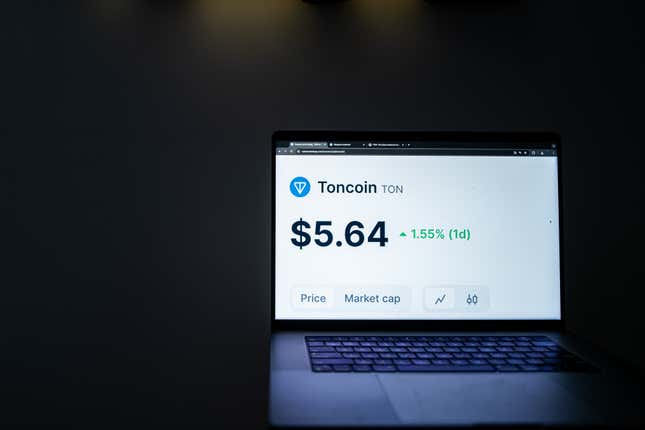
Telegram, a cloud-based messaging service, originally developed the Telegram Open Network (TON) with the intention of launching a cryptocurrency known as Gram. The company raised more than $1 billion in a private token sale, but had to abandon its plans when the Securities and Exchange Commission filed a lawsuit alleging that Telegram raised the funds by selling unregistered securities.
After Telegram withdrew from the development and launch of the TON blockchain and Gram token, the project continued to develop under the name “The Open Network” and became community-led. Telegram continues to allow its users to send TON cryptocurrency directly within the messaging app, despite no longer controlling the project.
Previous Slide
Next Slide
6. Dogecoin (DOGE)

Jackson Palmer and Billy Markus created Dogecoin as a satire to highlight the volatility of the early cryptocurrency market. While it started off as just a memecoin, DOGE gained traction, becoming a viable alternative to Bitcoin and Ethereum. Elon Musk further boosted DOGE by frequently referencing it on social media, and eventually using its ticker symbol as the shorthand for his Department of Government Efficiency. Like other cryptocurrencies, DOGE can be used for online tipping, charitable donations, investing, and quick, low-cost payments.
Previous Slide
Next Slide
5. Cardano (ADA)

Named after Ada Lovelace, a mathematician whose work helped make modern computer programming possible, ADA is the native coin for the Cardano platform. While Cardano supports smart contracts, it doesn’t consume as much energy as other blockchain platforms, giving users a more sustainable option. Cardano also uses a unique proof-of-stake system to validate transactions, making the platform more secure and scalable.
Previous Slide
Next Slide
4. Solana (SOL)

The Solana platform offers the same basic functions as other blockchain platforms, but with faster transaction speeds. You can send money to someone thousands of miles away in seconds. Solana’s founders also wanted to keep fees low, making the platform highly attractive to users who want to make small payments rather than deposit hundreds of thousands of dollars.
Previous Slide
Next Slide
3. Binance Coin (BNB)
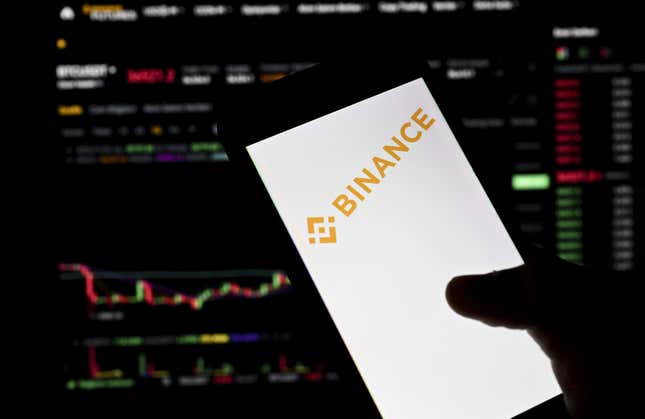
Developed by Binance, one of the biggest players in the crypto industry, BNB enables users to earn rewards, send payments, play games, and cover transaction fees. One reason for BNB’s popularity is that Binance regularly burns a portion of its digital tokens, reducing supply and potentially increasing the value of the remaining cryptocurrency.
Previous Slide
Next Slide
2. Ethereum (ETH)
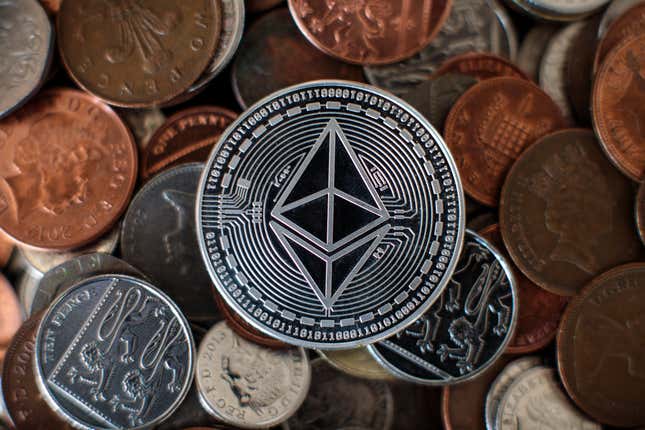
Less than a year after Ethereum launched, hackers stole $50 million from the DAO, one of the network’s largest decentralized apps. The theft led to a split in the Ethereum community and resulted in the creation of Ethereum (ETH) and Ethereum Classic (ETC). Despite this, the platform’s momentum stayed strong, and developers continued to use Ethereum to build decentralized applications and make payments, which resulted in unprecedented growth. Ethereum has even been able to reduce its energy consumption by switching from a proof-of-work system to a proof-of-stake system — a move that began with the Ethereum 2.0 upgrade.
Previous Slide
Next Slide
1. Bitcoin (BTC)
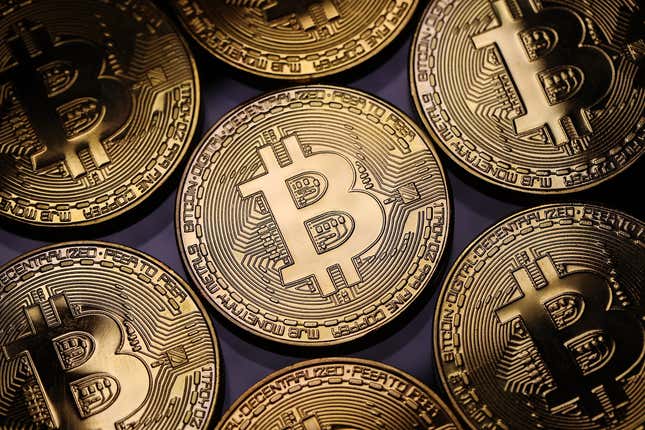
As the original digital payment token introduced to the public in 2008, Bitcoin is used by investors and consumers for value exchange — trading digital assets for other assets — and purchases.
Developed by an anonymous group or individual using the pseudonym “Satoshi Nakamoto,” BTC is one of the largest and most well-known cryptocurrencies. This worldwide cryptocurrency is open source, meaning it isn’t owned by any one person and everyone can use it.
It was also one of the first cryptocurrencies to receive support from major companies, including Tesla, PayPal, and Microsoft. Since its launch, Bitcoin has undergone several updates, making it faster, more efficient, and more scalable.
Search
RECENT PRESS RELEASES
[Analysis] “Ethereum active addresses at 7-month low…possible investor exit”
SWI Editorial Staff2025-12-14T03:31:07-08:00December 14, 2025|
Ethereum Faces Key Test at $3,100 with Bullish Divergence in Play
SWI Editorial Staff2025-12-14T03:30:34-08:00December 14, 2025|
Ethereum ETF Sees 21% Surge in AUM Amidst Market Volatility
SWI Editorial Staff2025-12-14T03:29:53-08:00December 14, 2025|
Wyoming Ranchers Hoping Solar Can Lower Costs Say Utilities and the State Stand in Their W
SWI Editorial Staff2025-12-14T02:42:38-08:00December 14, 2025|
Better Buy in 2026: Nvidia Stock or Bitcoin?
SWI Editorial Staff2025-12-14T02:41:54-08:00December 14, 2025|
Morocco aims to boost legal cannabis farming and tap a global boom
SWI Editorial Staff2025-12-14T02:41:22-08:00December 14, 2025|
Related Post
